wild apples
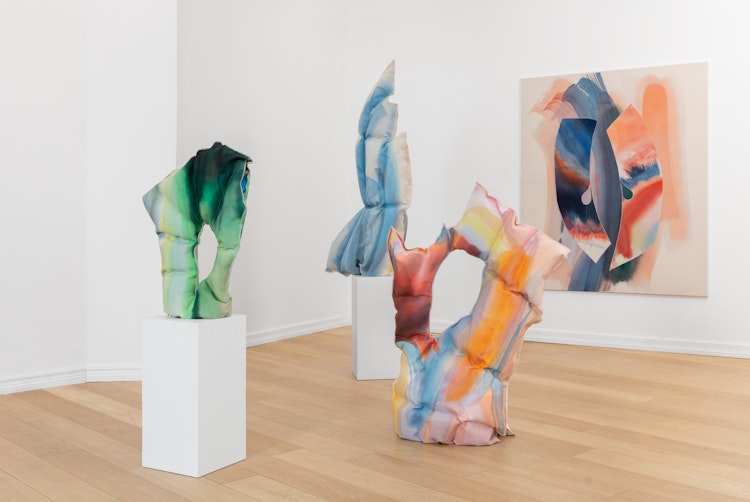

The text is originally written in Norwegian.
Liv Tandrevold Eriksen and her Wild Apples.
Some lines – strong and characteristic – hit you and are left standing – obvious, concise, and clean. Others float to the edge of the canvas to then evaporate – slowly, but surely – right in front of your eyes. The translucent quality, but also an obvious presence are simultaneously left standing and disappearing without a trace – right in front of us. Other surfaces of color are left lying in small puddles that the eyes can follow like a waterfall, lines, or something reminiscent of organic shapes. As our eyes move across the canvas, they collide with dancing threads and folds spreading their wings. The canvas breathes, it has created its own little universe, its own little microcosmos. A cosmos that follows its own rules and regulations. With this is mind, the bath of colors continues; the movement, the liveliness, the flow, but also the rougher elements that seem to have suffered a drought. Elements that lie like an unplowed field, that – depending on how one views it – can be interpreted as both open and closed. Then the flow of color again. It breathes and speaks. It is quiet. It is ease. Just like life itself.
What is at stake? In the paintings we are faced with nature itself, which follows its own inherent logic. It is like the canvas becomes a meeting place for figurative and abstract traces. It evokes the experience of being witness to organic dialogues between the surface of the canvas, the brushstrokes, the threads of the canvas, water, cracklings, and the paint. The expression is less significant. The central part is that something transpires, and it is communicated in its own way. In focus is the possibility for the ultimate exemption, speaking to us – if we allow it.
In Wild Appels, we are witness to how Liv Tandrevold Eriksen distances herself from the controlled and thought out, but rather capturing the presence of the free, unfolding on the canvas – similar to the life cycle of wild apples. These organic elements plow their own way, following solely its own logic and drive. With the free flow of colors, form, smell, and taste. Through their rotten bodies, they resurrect – new, wild, and free.
In the exhibition space, we are also met by sculptures. We are familiar with how Tandrevold Eriksen happily slash previously painted canvases of their frames and reuse them in new works – in an artistic organic loop. The canvas is transformed from paintings to sculptural entities with a textile-like material. The material becomes significant, but simultaneously insignificant – depending on how one views it. Tandrevold Eriksen thinks the textile-quality of the canvas is just as interesting to work with in her sculptural works as any other material. More precisely: We are pulled into a tug of war between the modernist sculptural object, often in highly regarded materials such as bronze and stone, and the textile material, which is often considered lower in the hierarchy and often related to the realm of the woman. It is a tug of war between high and low art – right in front of our eyes.
If this is not enough, Tandrevold Eriksen has sewn multiple of her textile sculptures with an opening, so that they can be easily dressed on and off. She creates seemingly inverted works – able to transform into whatever the spectator may need. The large organic colorful textiles could just as well be a sculpture on a podium or dressing a body in a room. The previous hierarchy of art has long since been displaced, and now we are face to face with a plethora of forms of being and their organic playroom of breath, play and speech.
- Hilde Hernes, art historian

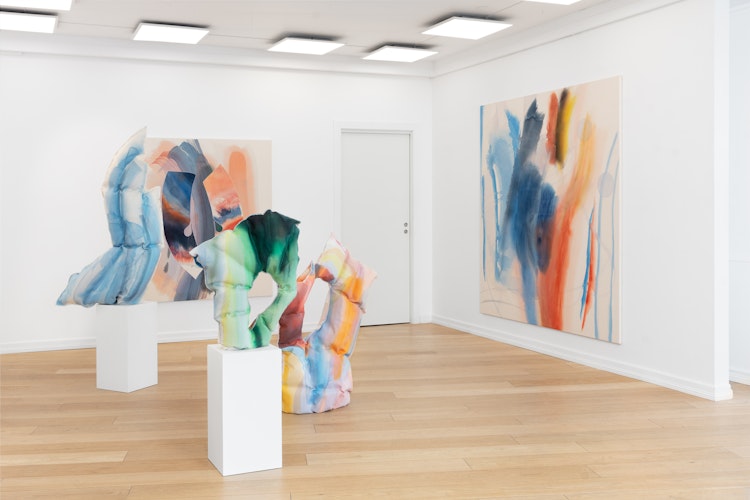

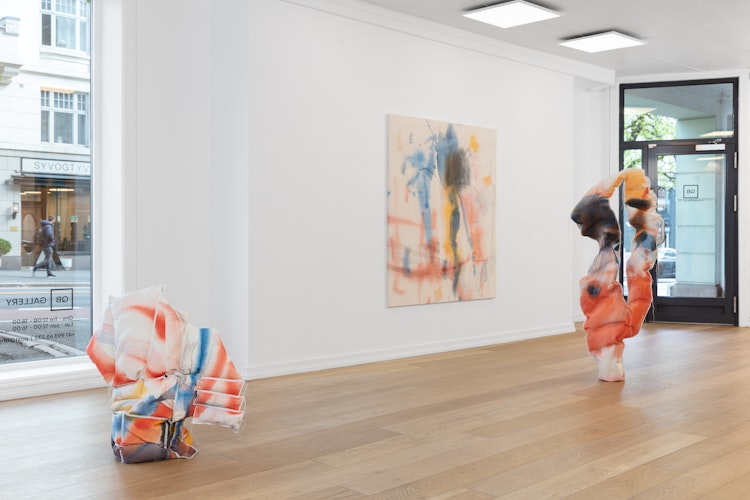
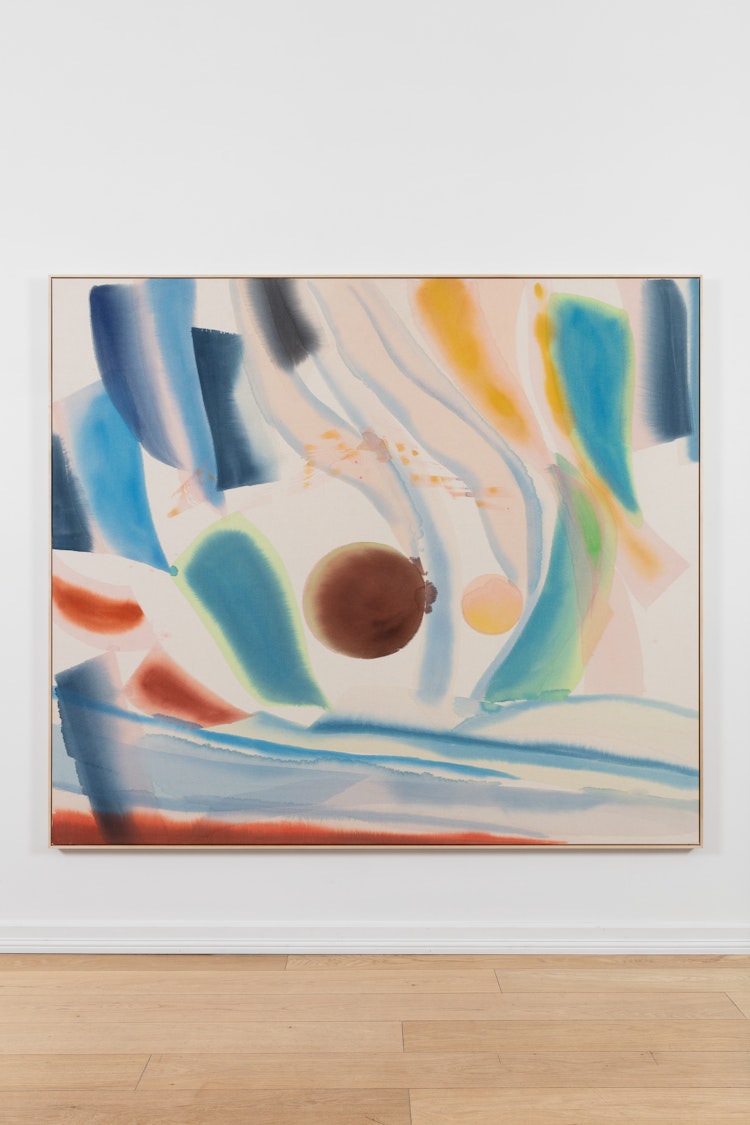


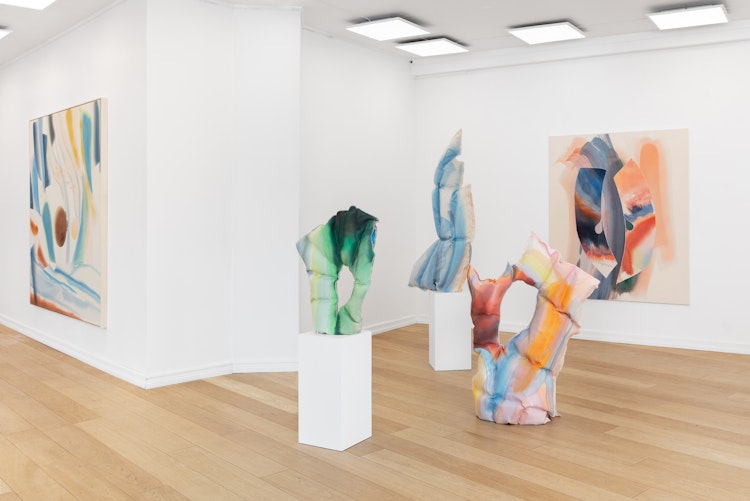




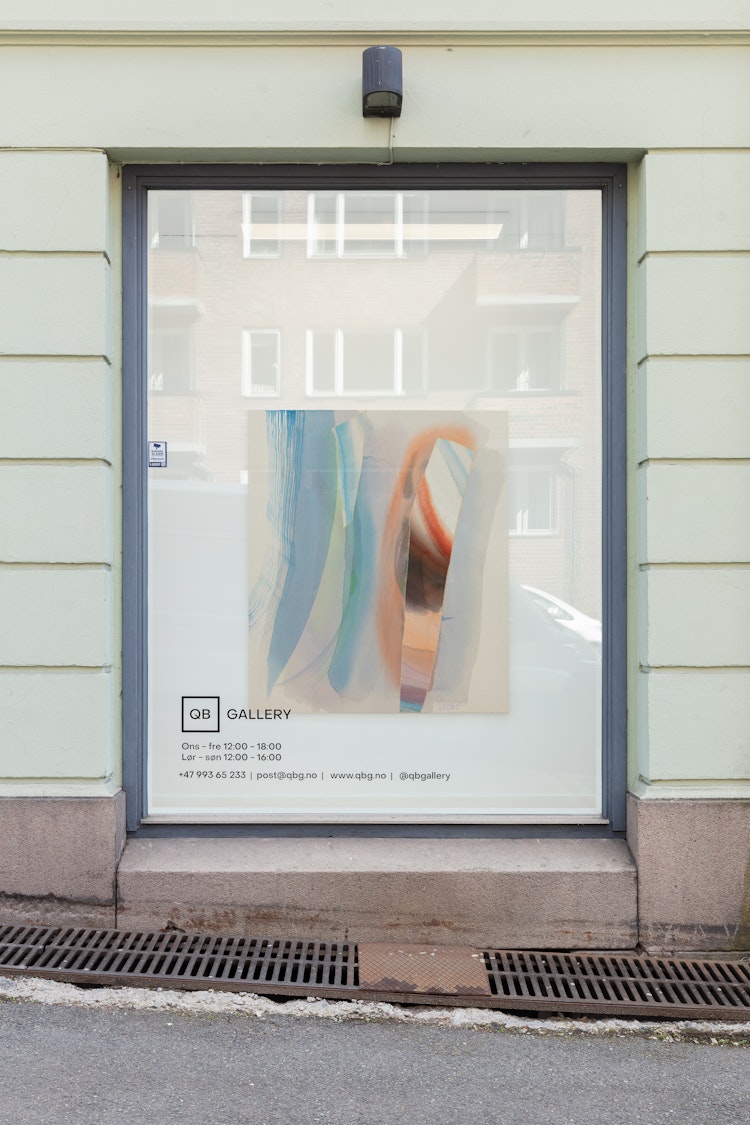

What are you looking for?